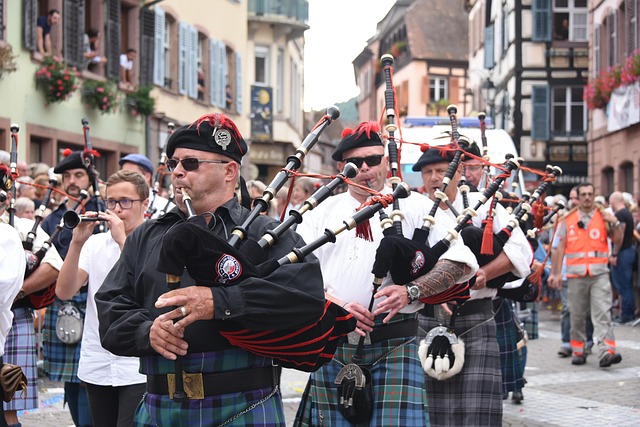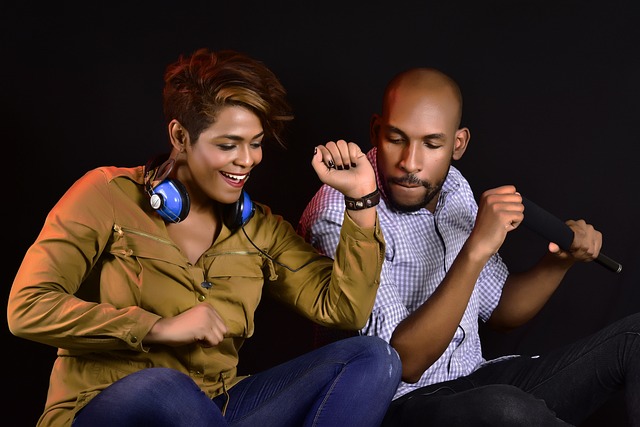Article Title:Learning absolute pitch by children: A cross-sectional study
Abstract:
THIS STUDY IS AN ATTEMPT to depict the learning process of AP in Japanese children in a cross-sectional design. In this study, 104 children of 4 to 10 years of age in a music school were tested. The children had been trained within a music education system of the school since they entered the school at the age of 4. They had received a one-hour keyboard lesson a week in school and probably had everyday practice at home. The training during the initial 2-year course emphasized imitative singing with syllables in the fixed-do system while playing on the keyboard at the same time. In this training, particular emphasis was placed on establishing associations between pitches and solfege labels. In the AP test, test tones presented to the children ranged from C3 (131 Hz) to B5 (988 Hz). Children were instructed to name each tone out loud as rapidly as possible. The test score markedly increased for a fairly good number of the children with remarkable improvement from the age of 4 to 7. Children seemed to learn pitches in order of their appearance in music lessons; first, white-key notes, then black-key notes. However, one should be cautious about concluding from the present results that anyone can learn to develop AP with appropriate training, because there may be confounding factors (e.g., sampling bias and a certain dropout rate). Nevertheless, the present results are consistent with the early-learning theory of AP, and may explain the existence of partial AP (greater accuracy for white-key notes) and a high prevalence of AP in Japan.
Keywords: absolute pitch; early learning; critical period; pitch naming; music training
DOI: 10.1525/mp.2006.24.1.63
Source:MUSIC PERCEPTION
Welcome to correct the error, please contact email: humanisticspider@gmail.com



